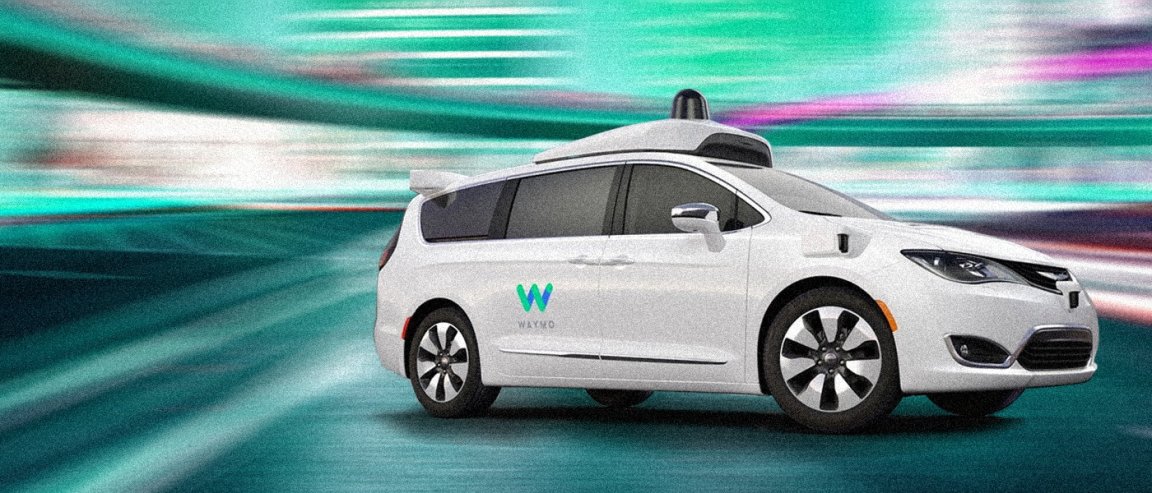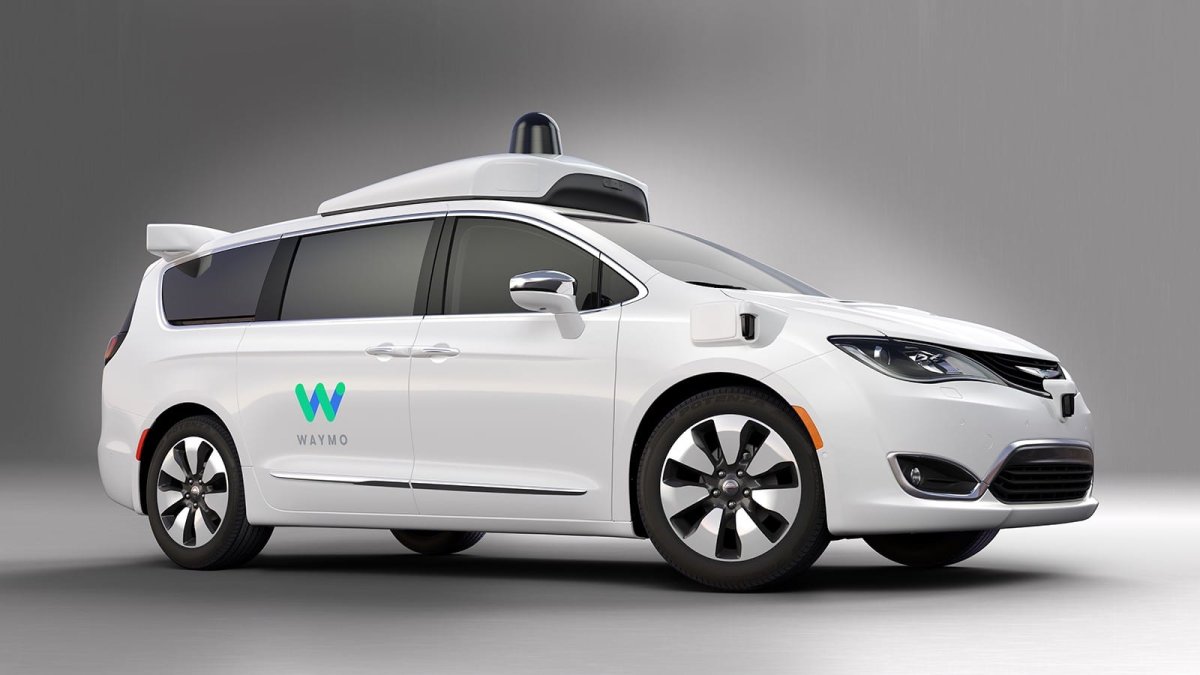
Waymo
Faraday Future impressed with their first vehicle, the FF91; and Tesla began rolling out their Enhanced Autopilot last week. Not to be outdone by two of the biggest names in the self-driving automotive industry, Google has announced they will be testing their fleet of autonomous minivans on public roads by the end of this month.
The vehicles were built under Google’s self-driving car division, Waymo. In collaboration with Fiat Chrysler, the vehicles are essentially Chrysler Pacifica hybrids equipped with Waymo’s proprietary self-driving system.

It’s worth noting that Waymo built the entire system themselves, developing an integrated software with sensors, radars, and mapping technology intended specifically for self-driving vehicles. This move has not only allowed Waymo to ensure that the whole system works together seamlessly, it also made it possible for the company to lower costs.
The company clarifies that this doesn’t mean they intend to become an auto parts supplier. Instead, Waymo is focusing on creating partnerships with original equipment manufacturers (OEMs), or ride-sharing services to provide their self-driving systems.
Closer Than We Can Imagine
There’s no shortage of experts willing to tout the impending reality of a self-driving future. Elon Musk has repeatedly said 2017 will be the year that Tesla vehicles will become fully autonomous. Another expert asserts that “kids born today will never get to drive a car.”
Besides the ease and convenience that fully autonomous vehicles can provide, the technology is also poised to make our roads safer.
“Right now, too many people die on our roads – 35,200 last year alone – with 94 percent of those the result of human error or choice. Automated vehicles have the potential to save tens of thousands of lives each year,” President Obama notes in an op-ed piece he wrote for the Pittsburgh Post Gazette.
As we reported previously:
More than that, 41 percent of all human error fatalities are the result of ‘recognition errors;’ what the Department of Transportation (DOT) classifies as ‘driver’s inattention, internal and external distractions, and inadequate surveillance.’ Barring computational aberration or failure, automated vehicles simply do not encounter these types of problems, therefore suggesting that an overwhelming majority of traffic incidents are correctable through automation.
With expert opinion and actual advances in technology combined, it’s hard not to get into the hype. And Waymo’s latest achievement is just one among many that continues to illustrate how full autonomy for vehicles is indeed in the horizon – and it could be more accessible than we can imagine.